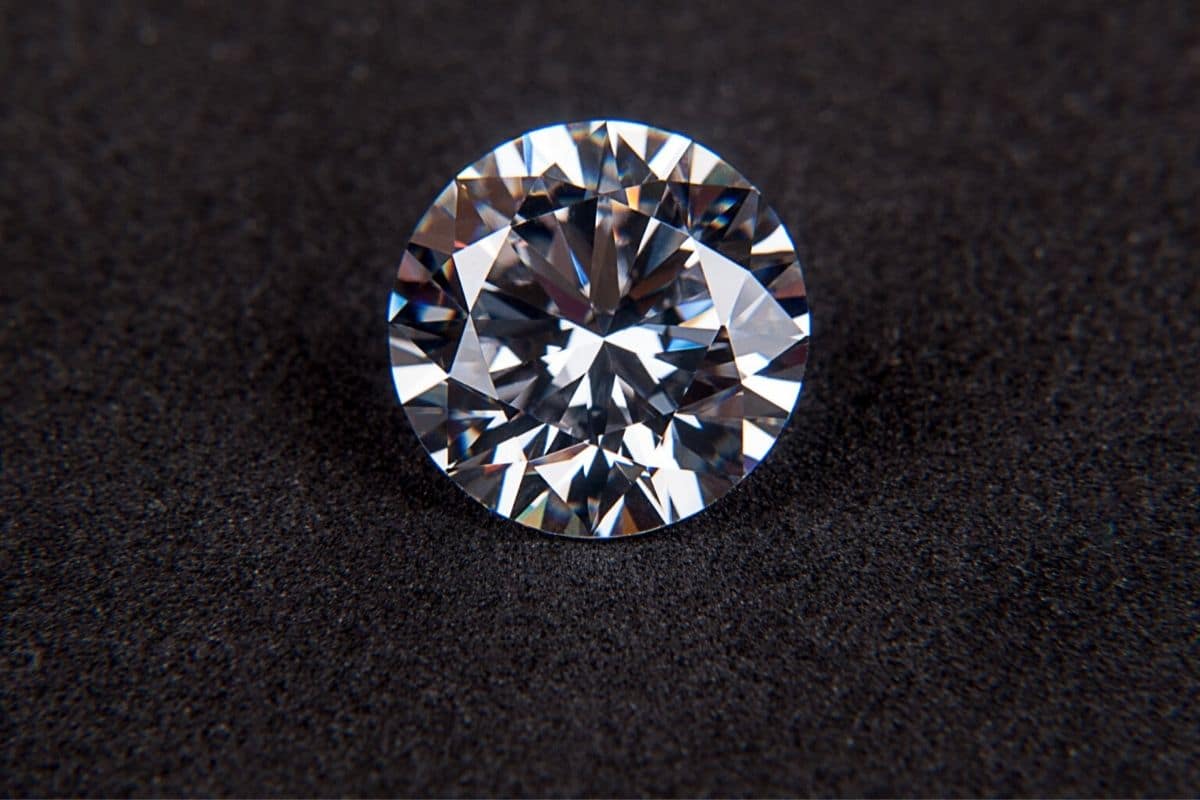When it comes to diamonds, the term “4Cs” often pops up in conversations. But what does it really mean? And how does it apply to lab-grown diamonds? Whether you’re shopping for an engagement ring or simply exploring your options, understanding the 4Cs—Carat, Cut, Color, and Clarity—can help you make an informed decision. Let’s dive into the details!
What Are Lab Diamonds?
Before we jump into the 4Cs, let’s clarify what 4Cs lab diamonds are. Lab-grown diamonds are real diamonds that are created in controlled environments, using advanced technology to replicate the natural diamond formation process. They possess the same physical and chemical properties as mined diamonds, which means they sparkle just as brilliantly!
The Science Behind Lab Diamonds
Lab diamonds are made through two primary methods: High Pressure High Temperature (HPHT) and Chemical Vapor Deposition (CVD). These processes mimic the natural conditions under which diamonds form deep within the Earth, allowing for the creation of high-quality gems that are often more affordable than their mined counterparts.
The 4Cs Explained
The 4Cs are the universal standard for assessing the quality of diamonds. Let’s break them down.
1. Carat Weight
What is Carat Weight?
Carat weight refers to the weight of the diamond. One carat equals 200 milligrams, and larger diamonds are generally more valuable. However, the carat weight isn’t the only factor that determines a diamond’s price.
How Carat Weight Affects Price
The price of a diamond increases exponentially with carat weight. A 1-carat diamond may cost significantly more than a smaller diamond, but it’s important to remember that quality often trumps size. A well-cut smaller diamond can sparkle just as brightly as a larger stone.
2. Cut Quality
Why Cut Matters
The cut of a diamond affects how well it reflects light, which ultimately impacts its brilliance. A well-cut diamond will sparkle beautifully, while a poorly cut diamond may appear dull, regardless of its carat weight.
Types of Cuts Available
Lab diamonds come in various cuts, including round, princess, oval, and more. Each cut has its own unique characteristics and appeal, so it’s important to choose one that matches your personal style.
3. Color Grading
Understanding Color Grades
Color grading assesses how colorless a diamond is. The grading scale ranges from D (colorless) to Z (light yellow or brown). While some people prefer the warmth of a yellow diamond, many gravitate towards the pristine look of a colorless diamond.
How Color Affects Value
Typically, the more colorless a diamond is, the more valuable it becomes. However, certain colored lab made diamonds can also command high prices due to their rarity.
4. Clarity Ratings
What is Clarity?
Clarity measures the presence of internal or external flaws, known as inclusions and blemishes. A diamond with fewer imperfections is generally more desirable.
Clarity Scale Explained
The clarity scale ranges from Flawless (no inclusions visible under 10x magnification) to Included (inclusions visible to the naked eye). Most lab diamonds fall somewhere in between, and often, slight imperfections are undetectable without magnification.
How the 4Cs Impact Your Choice
Finding the Right Balance
When choosing a lab diamond, it’s essential to find a balance among the 4Cs. For example, you might prioritize cut quality over carat weight, or perhaps color is more important to you than clarity.
Personal Preferences and Priorities
Your personal taste plays a significant role in your decision. Are you drawn to larger stones, or do you prefer a brilliantly cut smaller diamond? Understanding what matters most to you will guide your choice.
Common Misconceptions About Lab Diamonds and the 4Cs
Are Lab Diamonds Inferior?
One common misconception is that lab-grown diamonds are inferior to mined diamonds. In reality, lab diamonds are chemically identical to their natural counterparts and can be of equal or superior quality.
Do the 4Cs Matter More for Lab Diamonds?
While the 4Cs are crucial for all diamonds, they hold the same significance for lab-grown diamonds as they do for mined diamonds. A diamond is a diamond, whether it comes from the Earth or a lab!
Choosing the Perfect Lab Diamond for You
Setting a Budget
Before you start shopping, establish a budget. Knowing how much you’re willing to spend will help narrow down your options without getting overwhelmed.
Tips for Buying Lab Diamonds
Research: Familiarize yourself with the 4Cs and understand what they mean in relation to your preferences.
Shop Around: Different retailers may offer varying prices for similar diamonds, so it’s worth exploring multiple options.
Ask for Certification: Ensure your diamond comes with a grading report from a reputable laboratory to guarantee its quality.
Conclusion: Embrace the Brilliance of Lab Diamonds
Understanding the 4Cs of lab diamonds is key to finding the perfect stone for your needs. Whether you’re looking for a stunning engagement ring or a piece to celebrate a special occasion, being informed about carat weight, cut quality, color grading, and clarity ratings will help you make the best choice. Embrace the beauty and brilliance of lab diamonds, and rest assured knowing you’re making an informed purchase that reflects your unique style and values.

